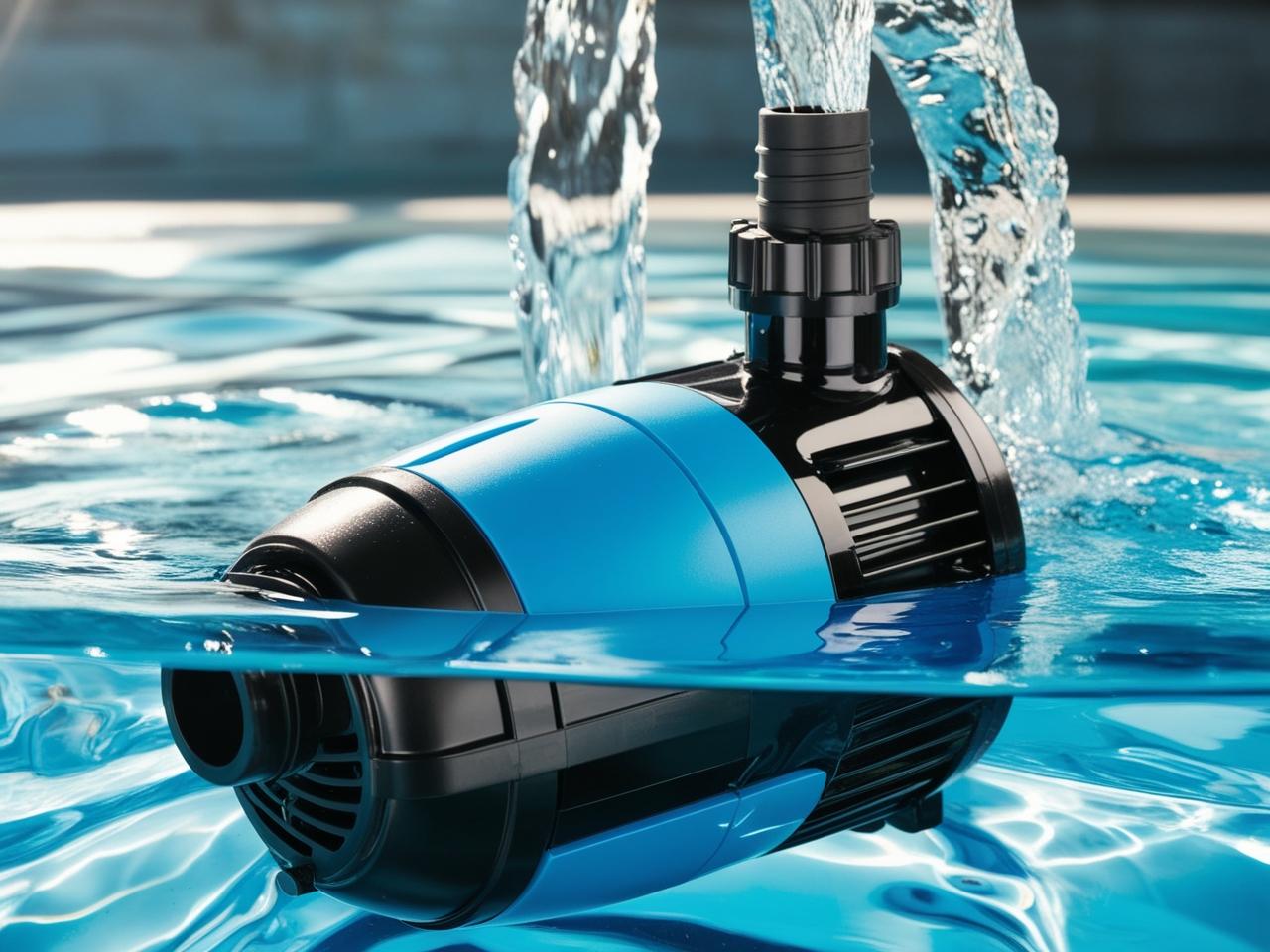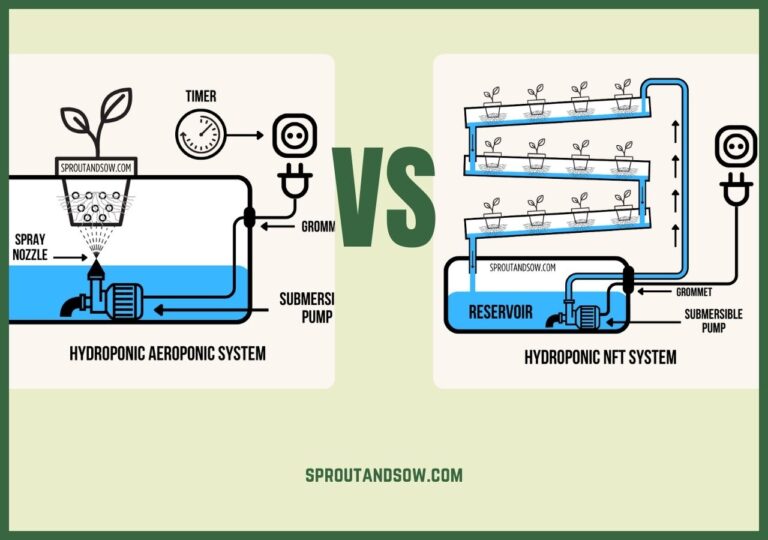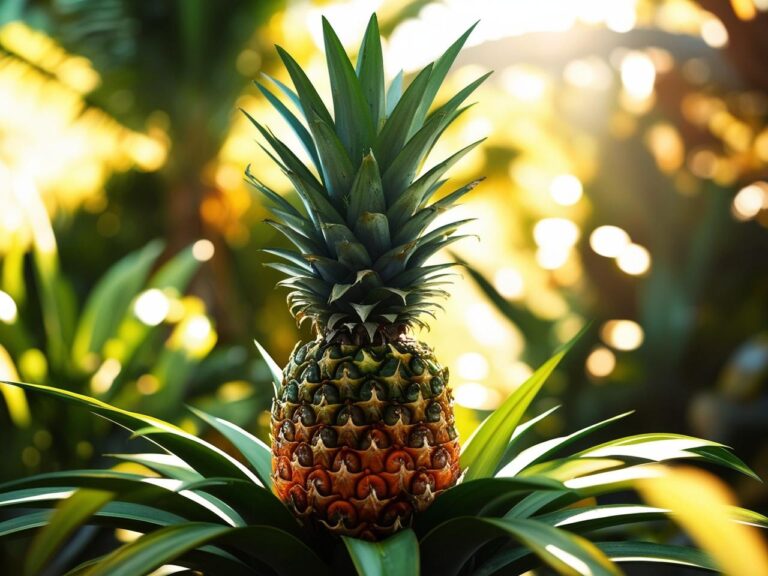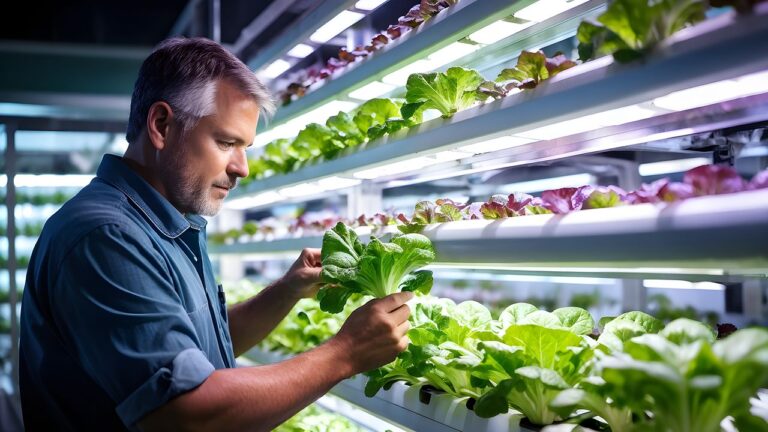How to Choose the Right Submersible Pump for Hydroponics: A Comprehensive Guide
Choosing the right submersible pump is crucial for the success of your hydroponic system. Whether you’re just starting out or looking to upgrade, understanding the key features and specifications of submersible pumps can make all the difference. Let’s dive into what to look for when selecting a pump that meets your needs for effective and reliable water circulation.
1. Understand the Basics of Submersible Pumps
Submersible pumps are designed to operate while fully submerged in water. They draw water from the reservoir and push it through tubing to feed plants with nutrient-rich water. Here’s why they’re popular in hydroponics:
- Efficiency: Submersible pumps provide a steady water flow and can handle varying volumes.
- Quiet Operation: They tend to be quieter than external pumps, making them ideal for indoor setups.
- Ease of Use: Easy to install and maintain with minimal setup.
2. Key Factors to Consider When Choosing a Submersible Pump
Flow Rate (GPH – Gallons Per Hour)
The flow rate determines how much water the pump can move per hour. A higher GPH rating means more water flow. For most hydroponic systems, choosing a pump that can cycle the water in your reservoir 2-3 times per hour is a good rule of thumb. Example flow rates:
- Small systems: 50–100 GPH
- Medium systems: 100–300 GPH
- Large systems: 400+ GPH
Lift Height
Also known as the “head height,” this is the maximum height the pump can push water. Make sure to choose a pump with enough lift height to reach the highest point in your hydroponic system. This is especially important if you have a vertical garden or multi-level drip system. Choosing a pump slightly larger than the one that meets your minimum requirements is advised, as the flow rate can always be throttled back slightly by using an inline tap.
Energy Efficiency
Submersible pumps run continuously, so energy efficiency is essential to keep your electricity costs down. Look for pumps with high energy ratings that won’t compromise on performance.
Adjustable Flow Rate
Pumps with adjustable flow rate controls allow you to customize the water output for your specific system. This feature is particularly helpful when transitioning between different growth phases or changing crop types.
Noise level
Many submersible pumps are marketed as “ultra quiet”, if the hydroponic system is located in a noise-sensitive area, the grower should choose a pump that is known for its quiet operation.
Features
Some submersible pumps may come with additional features, such as adjustable flow rates, timers, or dry-running protection. The grower should consider which features are important for their specific needs.
Related: Hydroponics Systems Explained: A Beginner’s Guide
3. Types of Submersible Pumps
- Fixed-Flow Pumps: These offer a set flow rate, making them simpler but less versatile.
- Adjustable-Flow Pumps: Provide greater flexibility, allowing you to change the output as needed.
4. Popular Brands and Models to Consider
- EcoPlus Submersible Pump: Known for reliability and good energy efficiency.
- Active Aqua Submersible Pump: Popular for beginner and mid-sized hydroponic setups.
- VIVOSUN Submersible Pump: Affordable and comes with adjustable features.
5. Maintenance Tips for Longevity
- Clean the Pump Regularly: To prevent clogging and maintain flow rate, clean the pump’s filter and intake periodically.
- Monitor Performance: Check for unusual noises or heat generation, which could indicate potential issues.
- Replace Worn Parts: Regularly inspect and replace components like impellers to keep the pump running smoothly.
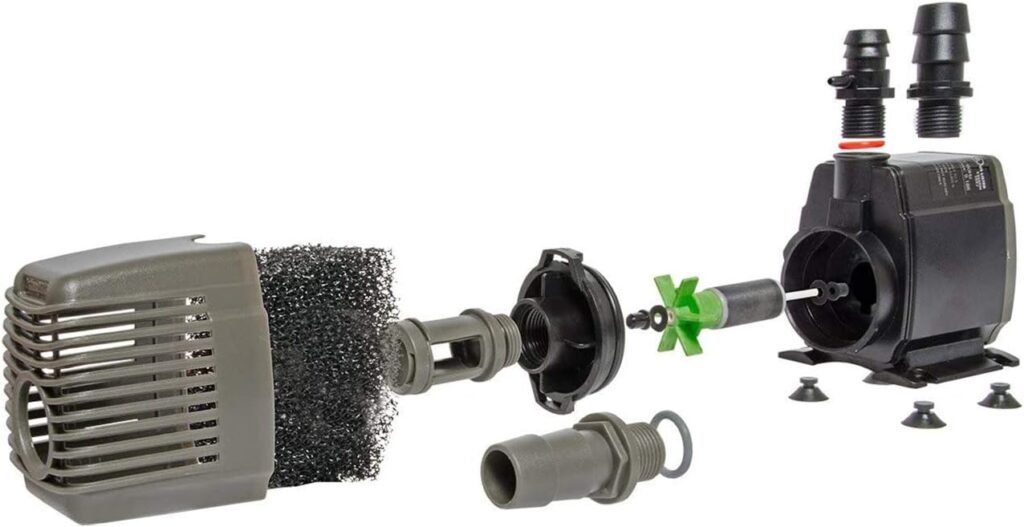
Related: Common Hydroponic Mistakes Beginners Make and How to Avoid Them
F.A.Q
- What type of pump is best for hydroponics?
A submersible pump is best for small to medium systems, while an external pump is ideal for larger setups. - What are the disadvantages of a submersible water pump?
Submersible pumps can generate heat and may have a shorter lifespan compared to external pumps. - How much water flow do you need for hydroponics?
Hydroponic systems typically need a pump with a flow rate that can move 50–1,000 gallons per hour, depending on the system size. - Do I need a water pump for hydroponics?
Depends on the system, NFT systems for example require a water pump to circulate nutrient-rich water to the plants. - Can you do hydroponics without a pump?
Yes, passive systems like the Kratky method can be used without a pump. - How long does the pump need to run for hydroponics?
It depends on the system, but generally, pumps should run for 15–30 minutes every hour or continuously for systems like (NFT) Nutrient Film Technique. - What are the different types of submersible pumps available?
There are various types of submersible pumps available, each with different flow rates, lift heights, and power consumption. Some popular types include centrifugal pumps, magnetic drive pumps, and axial flow pumps. - How do I install a submersible pump in my hydroponic system?
Installing a submersible pump typically involves placing it in the reservoir or sump tank, connecting it to the appropriate tubing or pipes, and securing it to prevent movement. Ensure the pump is fully submerged and the power cord is safely routed. - What are some common problems with submersible pumps?
Some common issues with submersible pumps include overheating, clogging, reduced flow rate, and noise. These problems can often be prevented with proper installation and regular maintenance.
Conclusion
Selecting the right submersible pump for your hydroponic system involves understanding your specific needs, such as the size of your setup, desired flow rate, and lift height. Investing in a high-quality, energy-efficient pump can ensure a well-functioning system and contribute to healthier plants. By considering these factors and tips, you’ll be well-equipped to make an informed decision that keeps your hydroponic garden thriving.

